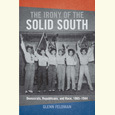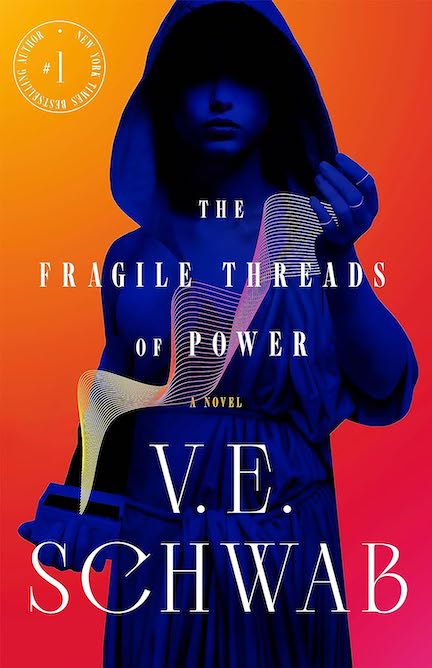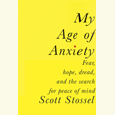Giving Women a Voice
Vivien Mildenberger paints a picture of an obscure Tennessee figure in the fight for women’s suffrage
In 1920, Harry Burn was the youngest member of the Tennessee state legislature. During the ratification of the 19th Amendment to the U.S. Constitution, the historic decision that granted suffrage to millions of American women, it was Harry who cast the dramatic deciding vote. And it was his mother, Febb, living “nestled in a valley on a farm in East Tennessee,” who convinced him.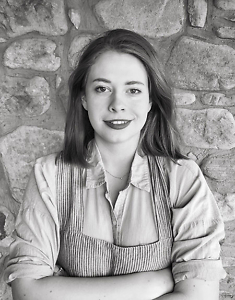
“Dear Son,” she began in a letter to him, penned on her front porch. It was her words — “vote for suffrage and don’t keep them in doubt” — that convinced Harry to make history. Thirty-five states, writer Elisa Boxer explains in The Voice that Won the Vote, wanted to grant women voting rights. Needing 36, it came down to Tennessee, the last state to vote: “If lawmakers in Tennessee said ‘yes,’ women across the nation would finally be allowed to cast their ballots.” The vote resulted in a tie, and Harry broke that tie on the second round, thanks to Febb’s little-known and inspiring words.
Vivien Mildenberger, who lives on a farm outside of Nashville, illustrated The Voice that Won the Vote, an unusual biography of an extraordinary, historic vote. Chapter 16asked her via email about the book and farm life in Middle Tennessee.
Chapter 16: Febb and Harry are little-known figures in the fight for women’s suffrage. Had you heard their story before? What was your initial reaction to Elisa’s text?
Vivien Mildenberger: No, I hadn’t! That’s one thing I love most about working on picture books. With every project, you learn something new.
Elisa told the story in such a clear and engaging way. I really wanted to do her words justice! I was also very excited to work on a story that takes place around where I live now in Tennessee. It’s not often you can use the inspiration outside your front door for a historical children’s book.
Chapter 16: What was your research like, if any, for these illustrations (that is, regarding the time period in which these events took place)?
Mildenberger: I’m a history nut, so I enjoy looking up costumes and clothing from the era I’m researching. My research usually consists of a lot of picture gathering and reading. I try to absorb as much as I can before putting the research aside and letting my brain interpret it into images.
I also used a lot of the nature around me to inspire the scenes that take place on the Burns’ farm. It was definitely fun to delve into Tennessee history a bit.
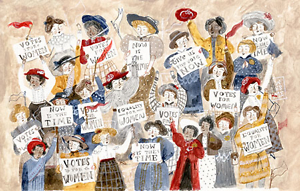 Chapter 16: I like the dramatic spread where Harry makes his historic vote. What was your favorite spread to work on?
Chapter 16: I like the dramatic spread where Harry makes his historic vote. What was your favorite spread to work on?
Mildenberger: That one is one of my favorites, too! It was one of the first sketches I did — and probably one of the most fun to paint.
I also really enjoyed working on the spread with the newspapers. All those tiny headlines! And the secret case cover with all the suffragettes that’s under the dust jacket. It’s not often you get to add a surprise like that to a book.
Chapter 16: Which medium (or mediums) did you use to render the book’s illustrations, and what is it that you like about working with those artistic tools?
Mildenberger: I use a little bit of everything. I enjoy working traditionally the most, and all of my work is a mix of whatever I have lying on my desk at the time. I use colored pencils, watercolor, gouache, pastels, acrylic, and more. This book was one of the first times I incorporated acrylic paint into my work, and I fell in love.
Chapter 16: Tell us about farm life and ceramics making where you live near Nashville. How do you find time for illustrating?
Mildenberger: I find living around so much nature inspiring and therapeutic. The stillness of it all helps me focus on painting and drawing. I often feel like I can fill the empty landscape with stories, and the room gives me the space to experiment with loads of different projects, like ceramics and sewing. It can get lonely at times, but I’m part of a studio of other artists in Nashville, and whenever I need some social time, I’ll pack up my tools and work over there. It’s a lovely balance.
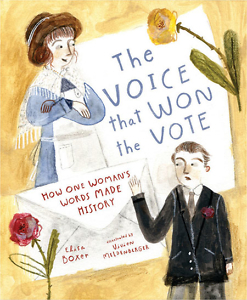 Chapter 16: What did it mean to you to learn early this year that Lori Alexander’s All in a Drop, the book about Antony van Leeuwenhoek that you illustrated last year, was awarded a 2020 Sibert Honor?
Chapter 16: What did it mean to you to learn early this year that Lori Alexander’s All in a Drop, the book about Antony van Leeuwenhoek that you illustrated last year, was awarded a 2020 Sibert Honor?
Mildenberger: It was a really surprising, incredible feeling! All in a Drop was one of the first books I ever
worked on as an illustrator and a project that I put an incredible amount of joy and effort into. I got the call from the ALA rather late in the evening, and I just ran around my house barely able to believe it!
Chapter 16: What’s next for you?
Mildenberger: My goal for this year is to work on some of my own manuscripts and get more into fiction. I love to world-build and draw magic and fantastical things, so I’m hoping I can work on some more books in that genre. I’m also working now on illustrating a wonderful biography with Chronicle Books.

Julie Danielson, co-author of Wild Things! Acts of Mischief in Children’s Literature, writes about picture books for Kirkus Reviews, BookPage, and The Horn Book. She lives in Murfreesboro and blogs at Seven Impossible Things Before Breakfast.

